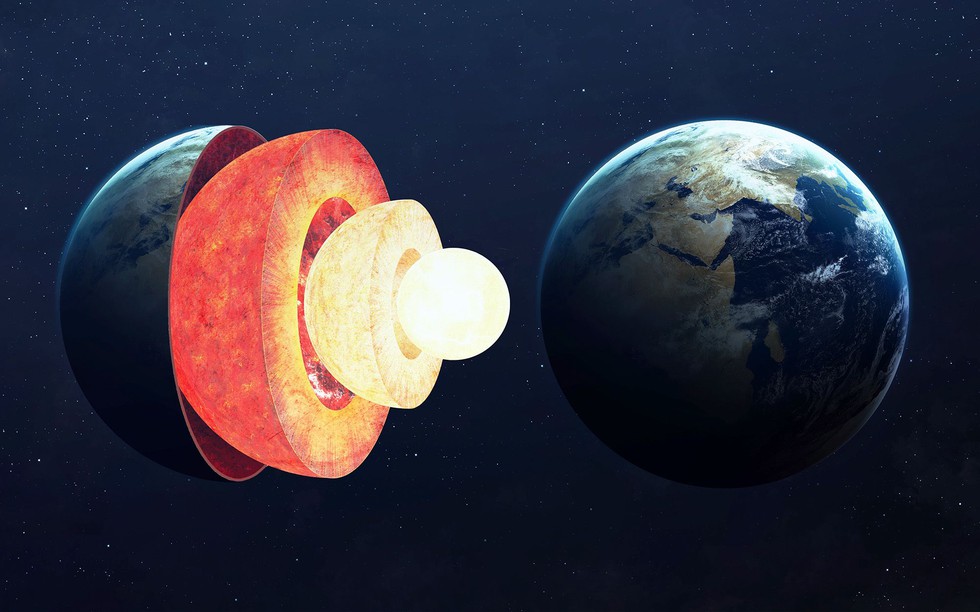
About Earth’s Inner Core:
The Reserve Bank of India (RBI) recen...
A 15-year-old bridge over the Gandaki...
India is in the process of harnessing...
With the completion of the first phas...
Several studies by scientists have su...
The Kerala University of Fisheries an...
Recently, the Discover Koyna group, r...
Recently, the Copernicus Climate Chan...
Recently, the Central government of I...
Recently, the Department of Telecommu...